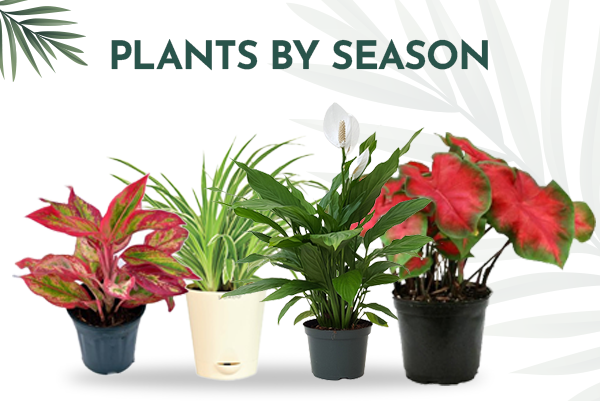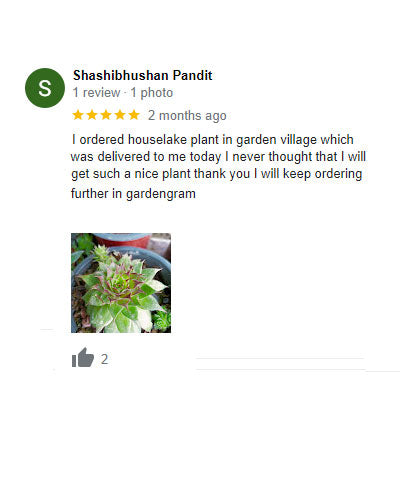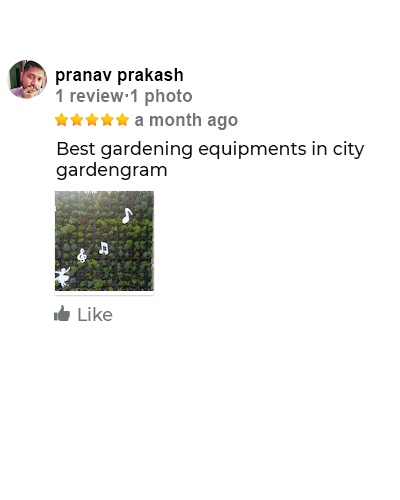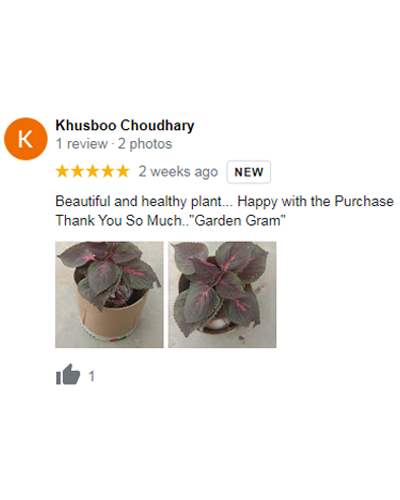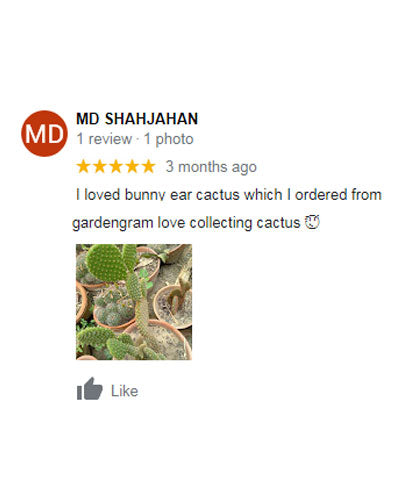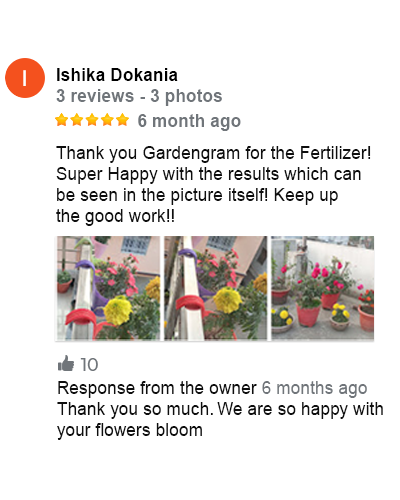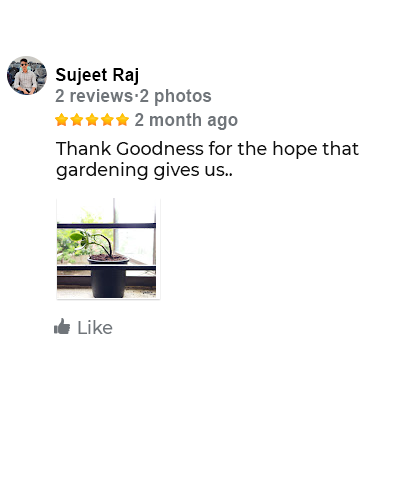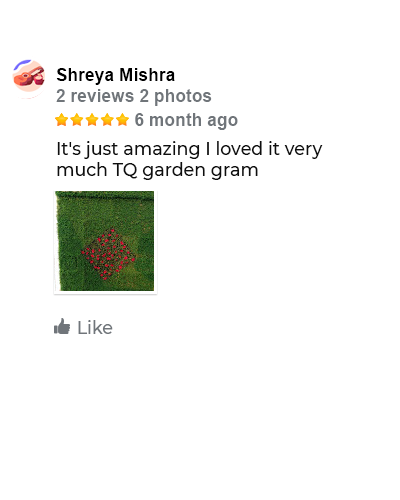A Beginner's Guide To Pothos Plants
Pothos (Epipremnum aureum) is one of those time tested houseplants nearly everybody has or has had. Truth be told, it was perhaps the earliest houseplant I developed, and it's quite possibly the most famous houseplant that anyone could hope to find.
DIFFERENT TYPES OF POTHOS
Golden Pothos
The customary pothos assortment is brilliant pothos (Epipremnum aureum). It highlights heart-formed mid-green foliage sprinkled in velvety gold. In the event that you develop this assortment up an emblem and give it bunches of light and warmth, you'll find the leaves can become very huge.
Marble Queen Pothos
Marble Queen (Epipremnum aureum 'Marble Queen') is another standard pothos assortment. It highlights green heart-formed leaves vigorously sprinkled and streaked with a smooth white. The foliage is normally comparative in size to brilliant pothos. Marble Queen might be variegated; contingent upon the specific branch it was engendered from
Neon Pothos
Neon pothos (Epipremnum 'Neon') is perhaps the most unmistakable assortment. Its heart-formed leaves are dazzling chartreuse or brilliant yellow in variety with no variegation. The more current, more youthful leaves will generally be more brilliant than more established leaves. The foliage develops in variety with age
Jessenia Pothos
Jessenia pothos (Epipremnum 'Jessenia') shows green, heart-formed leaves richly set apart with chartreuse. Like Marble Queen (to which Jessenia is very comparable), each leaf will be unique. It's normally not excessively difficult to differentiate between Marble Queen and Jessenia when they're close to one another. The variegation of Marble Queen is a lot lighter than the limey-green variegation of Jessenia
Manjula pothos
Manjula pothos (Epipremnum 'HANSOTI14') is one more protected assortment (PP27,117). It includes wide, heart-formed green leaves. The foliage is variegated with shades of silver, white, cream, and light green. Each leaf is unique; many leaves will have huge patches of green. Others will be vigorously spotted and sprinkled.
Pearls and Jade Pothos
Pears and Jade® pothos (Epipremnum 'UFM12') is an eye-getting assortment that sports green leaves variegated with white and brilliant dark. The variegation will in general show up additional on the edges of the foliage, as opposed to the center. Not at all like some other pothos assortments, are the white segments of the foliage frequently mottled with green and gleaming dark tones.
Baltic Blue Pothos
This clone of Epipremnum pinnatum bears dull green leaves that foster a blue cast to them as they mature. Like different clones of E. pinnatum, this determination promptly creates fenestrations ( monstera -like cuts in the leaves) whenever filled in a warm, splendid spot.
Cebu Blue Pothos
Here’s one for the plant collectors! This pothos (Epipremnum pinnatum ‘Cebu Blue’) doesn’t show off variegation on its arrow-shaped blue-green leaves. The foliage often has a bit of a metallic sheen, making it distinct from other pothos types. While the young leaves are vague arrow-shaped, Cebu Blue pothos can produce large, blue-green leaves with natural splits, much like a Monstera.
Global Green Pothos
A generally new assortment brought into the United States, Global Green is a licensed determination (PP33,530) that shows off green-on-green variegation. Commonly, the leaf edges are dull green with lighter green shades in the focal point of the leaf.
CARING FOR POTHOS PLANT
Essential pothos care is exceptionally simple. These plants partake in a large number of conditions. They in all actuality do well in splendid, backhanded light also as low light and can be filled in dry soil or in jars of water. They will flourish in supplement rich soil, yet do nearly too in supplement unfortunate soil.
- When developed inside, pothos lean towards brilliant however roundabout light. Variegated plants now and again lose their leaf design and return to all-green foliage in the event that they don't get enough ligt.
- Pothos plants flourish in common, well-depleting gardening soil. Pothos is very lenient toward soil pH, and it can flourish in a scope of conditions, from impartial to acidic.
- A pothos plant likes to have its dirt dry out totally between watering. Assuming left in constantly clammy soil, the plant's underlying foundations will decay. Dark spots on the leaves (or the unexpected breakdown of the plant) show that the dirt has been kept excessively wet. The plant will demonstrate when it needs water. At the point when it begins to hang, it needs water. Be that as it may, don't hold on until the passes on begin to wilt or the plant will lose a few leaves. Dry, earthy colored edges mean the plant was saved dry for a really long time.
Moreover, pothos plants like high stickiness, so you can increment moistness around the plant by keeping it in a normally muggy region of the home, like a kitchen or washroom. In any case, the plant is extremely open-minded and can flourish even in low stickiness conditions, so there's a compelling reason need to put resources into a humidifier
The above are some of the tips to take care of your pothos. So bring these green babies home, bring as many varieties you can bring home and use these tips to take care of them. Happy plant parenting.


